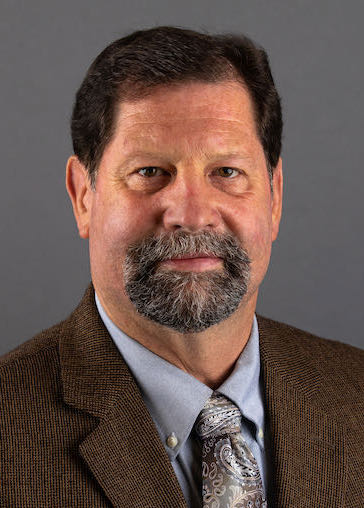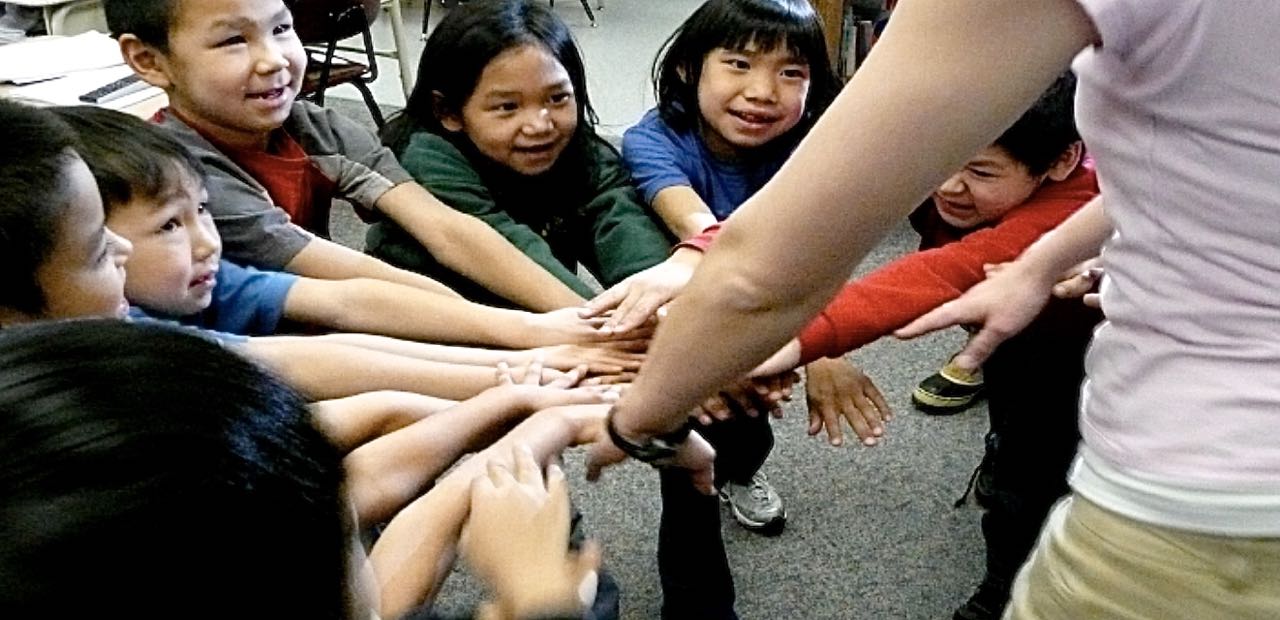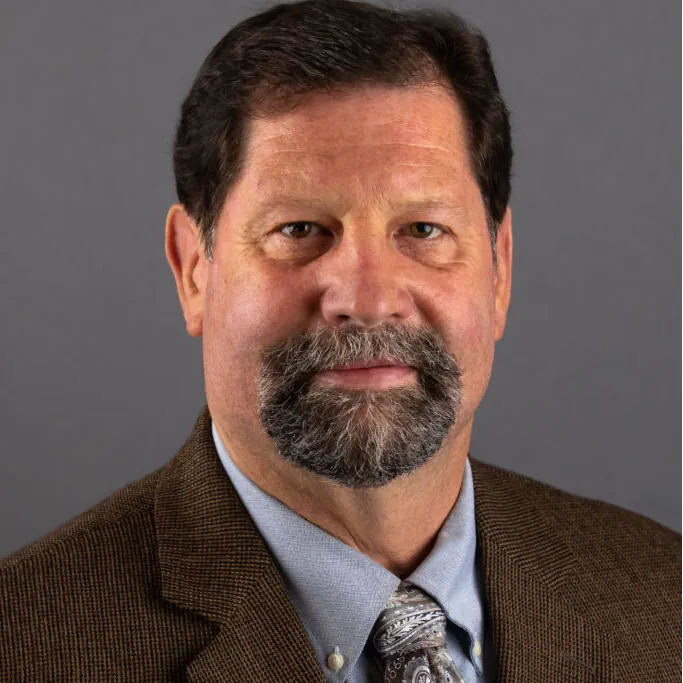
Lon Garrison, Executive Director
With the recent executive order by President Trump to dismantle the U.S. Department of Education, I became curious about its history, origins, and evolution. My curiosity is twofold: Alaska has long been affected by federal education policy and has heavily depended on funding from the office. Additionally, I personally have a connection to federal education efforts through my grandfather, Dr. Lloyd A. Garrison, who worked for what was then known as the Office of Education within the Department of Health, Education, and Welfare as a regional representative covering the western U.S. during the 1950s and early 60s. He served as the Dean of the School of Education at Denver University and was awarded a Fulbright Scholarship to collaborate with the government of Colombia on national education policy from 1958 to 1962. He also served three terms on the Englewood, Colorado school board. I suppose there is something in our DNA!
With all the hubbub surrounding the U.S. Department of Education, I was curious to learn more. I confess that much of the information I present below comes from using ChatGPT 4.0 and Google Gemini. Below is a brief history of the development of federal involvement in public education and its significant impact on Alaska long before we became a state.
Before the creation of the U.S. Department of Education in 1979, the federal government’s role in education evolved through several key stages, each reflecting the growing importance of education in American life.
Office of Education (1867–1972)
Established in 1867, the Office of Education was originally an independent agency before being moved under the Department of the Interior in 1869. Its main function was to collect and share data about American schools—not to oversee them. For more than a century, it remained the federal government’s primary educational body, focused on research, statistics, and supporting state systems.
Department of Health, Education, and Welfare (HEW) (1953–1979)
In 1953, the Office of Education was absorbed into the newly formed HEW, a cabinet-level department. HEW coordinated federal efforts in education, health, and welfare, playing a crucial role during transformative periods such as post-WWII expansion, the Cold War (including educational reforms sparked by the launch of Sputnik), and the Civil Rights movement.
U.S. Department of Education (Established 1979, Operational 1980)
Recognizing the growing complexity and importance of educational policy, President Jimmy Carter proposed creating a separate Department of Education. Through the Department of Education Organization Act, the department became an independent cabinet agency in 1980, splitting off from HEW (which was renamed the Department of Health and Human Services).
In short: Office of Education → HEW → U.S. Department of Education. This evolution marked a shift in how the federal government supports states and local school systems—not by controlling curriculum but by funding programs, protecting student rights, and improving access to quality education.
A Brief History of Federal Involvement in Public Education in Alaska
The federal government’s role in public education in Alaska dates back to the late 19th century, long before it became a state in 1959. In 1885, the U.S. Bureau of Education was tasked with educating Alaska Native children—marking the beginning of “formal” schooling in many Indigenous villages. While this brought access to reading, writing, and vocational training, it also came with terrible policies that actively suppressed Native languages, traditions, and cultures.
Led by Dr. Sheldon Jackson, a missionary and General Agent of Education, the Bureau prioritized English-only instruction and Western values. Native children were often sent to boarding schools, where they were separated from their families and communities, discouraged from speaking their own languages, and taught that their cultural practices were inferior. Though the intent may have been framed as progress, the reality for many was forced assimilation and a loss of cultural identity.
In 1931, the Bureau of Indian Affairs (BIA) took over this system, continuing many of the same practices. It wasn’t until decades later that Alaska Native voices began to influence education policy more directly, advocating for bilingual education, cultural revitalization, and community-controlled schools.
Today, nearly all Alaska Native communities are working to reclaim and restore traditional knowledge within education systems. This includes language immersion programs, tribal colleges, and a growing emphasis on Indigenous self-determination in schooling.
Birth of the U.S. Department of Education
Before the U.S. Department of Education was established in 1979, federal education functions were scattered across more than 150 programs within dozens of agencies. These responsibilities were primarily housed under the Office of Education (1867–1972) and later the Department of Health, Education, and Welfare (HEW) (1953–1979). The Office of Education collected data and supported educational improvement but lacked direct authority over schools. As federal education responsibilities expanded—particularly after World War II, during the Civil Rights era, and in response to Cold War pressures—there was growing concern about the fragmented nature of federal involvement.
In response, President Jimmy Carter proposed a standalone agency to better coordinate national education policy. He emphasized that the new Department would not centralize control but rather serve as a partner to state and local school systems. In his 1978 message to Congress, Carter stated, “Education is far too important a matter to be scattered piecemeal among various government departments and agencies.”
He also clarified the Department’s goal: “Our goal must be to ensure that every child has the opportunity to receive a quality education… This Department will not exercise control over education, nor will it diminish the role of local communities.”
With the passage of the Department of Education Organization Act, the Department became operational in 1980, marking a significant shift in how the federal government supports education.
I hope you found this as interesting as I did. It certainly helps me better understand what is at stake and realize that things continually evolve and change. My hope is that Alaska does not suffer. Our ongoing advocacy for federal, state, and local support of public education is crucial.
Lon

